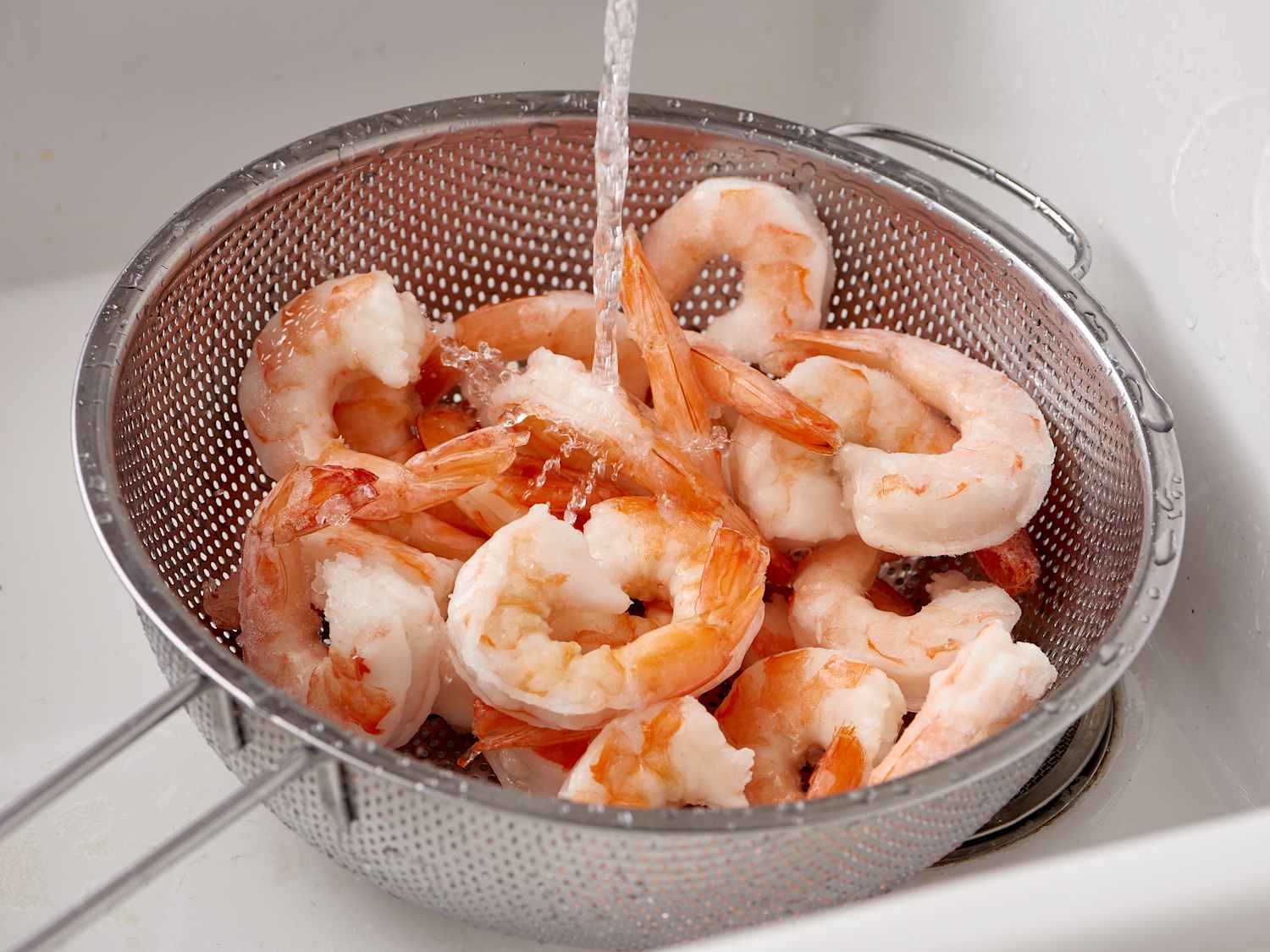Thawing Fish for Sushi: A Complete Safety Guide
Preparing fish for sushi requires exceptional care during thawing to ensure both safety and quality. Unlike cooking methods that kill pathogens, sushi relies on proper handling from freezer to plate. This comprehensive guide covers professional techniques for thawing sushi-grade fish, addressing food safety concerns while preserving texture and flavor.
Understanding Sushi-Grade Freezing
True sushi-grade fish undergoes specific freezing processes to kill parasites:
- Deep freezing: FDA requires fish intended for raw consumption be frozen at -4°F (-20°C) for 7 days or -31°F (-35°C) for 15 hours
- Flash freezing: High-quality sushi fish is flash-frozen at sea to preserve texture
- Vacuum sealing: Most sushi-grade fish is vacuum-sealed to prevent freezer burn
- Specialty cuts: Some fish is frozen in specific portion sizes for sushi/sashimi
Refrigerator Thawing: The Only Safe Method
For sushi preparation, refrigerator thawing is mandatory:
- Packaging: Keep fish in original vacuum-sealed package or place in a clean, sealed container
- Temperature: Ensure refrigerator maintains 34-38°F (1-3°C) - use a thermometer
- Positioning: Place on the bottom shelf in a drip-proof container
- Timing: Allow 18-24 hours per pound, varying by thickness (see chart below)
- Monitoring: Check periodically - fish should remain cold but become pliable
Quality Tip: For premium results, place a cooling rack over a tray and thaw the fish on the rack. This allows air circulation on all sides and prevents moisture buildup that can affect texture.
Special Considerations by Fish Type
Different sushi fish require adjusted thawing approaches:
Tuna (Maguro)
- Large blocks: Thaw 24-36 hours for 2-3 lb blocks
- Portions: 1" thick steaks thaw in 18-22 hours
- Texture care: Tuna is dense and benefits from slow thawing
Salmon (Sake)
- Fillets: 12-18 hours for 1 lb portions
- Skin-on: Thaw skin-side down to protect flesh
- Fat content: Higher fat means slightly longer thaw time
Yellowtail (Hamachi)
- Delicate flesh: Requires very gradual thawing
- Timing: Add 25% more time than tuna of similar size
- Handling: Avoid pressing or squeezing during/after thawing
Octopus (Tako)
- Pre-cooked: Most sushi octopus is cooked before freezing
- Thawing: 24 hours per pound in refrigerator
- Tenderness: Consider light pounding after thawing
| Fish Type | Cut | Thickness/Weight | Refrigerator Thaw Time |
|---|---|---|---|
| Tuna | Block | 2-3 lbs | 24-36 hours |
| Tuna | Loin | 1.5" diameter | 20-24 hours |
| Salmon | Fillet | 1 lb | 12-18 hours |
| Yellowtail | Portion | 8 oz | 10-14 hours |
| Sea Bass | Fillet | 3/4" thick | 14-16 hours |
| Octopus | Tentacle | 1 lb | 24 hours |
| Scallops | U-10 | 2" diameter | 16-18 hours |
Critical Safety Note: Never use cold water or room temperature methods for thawing sushi fish. These methods can allow surface temperatures to enter the danger zone (40-140°F/4-60°C) while the center remains frozen, creating ideal conditions for bacterial growth on fish that won't be cooked.
Post-Thaw Handling for Sushi
Proper handling after thawing is crucial for sushi safety and quality:
- Draining: Place thawed fish on a rack over a tray for 15 minutes to drain excess moisture
- Patting dry: Gently blot with clean paper towels - crucial for knife work
- Odor check: Should smell clean and oceanic; any strong or off odors indicate spoilage
- Texture check: Flesh should be firm and spring back slightly when pressed
- Color examination: Look for consistent coloring; brown spots or discoloration may indicate oxidation
- Immediate use: Prepare sushi within 2 hours of complete thawing
Slicing and Preparing Thawed Sushi Fish
Proper techniques for working with thawed sushi fish:
- Knife selection: Use a long, thin, razor-sharp sashimi knife (yanagiba)
- Cutting motion: Single-pull slices for clean cuts that preserve texture
- Angle: 45-degree angle for most fish, 90 degrees for tuna
- Portioning:
- Temperature control: Keep fish on ice while preparing, but don't let it sit directly on ice
- Rice timing: Slice fish just before assembling with rice to prevent drying
Storage of Leftover Thawed Sushi Fish
While immediate use is ideal, sometimes leftovers occur:
- Refrigeration: Store in the coldest part of refrigerator for up to 24 hours
- Wrapping: Wrap tightly in plastic wrap, pressing out air pockets
- Alternative uses: Consider cooking leftover fish rather than consuming raw
- Never refreeze: Previously thawed sushi fish should never be refrozen
By following these professional thawing and handling techniques, you can safely enjoy homemade sushi with confidence. Remember that starting with properly frozen, sushi-grade fish from a reputable supplier is just as important as the thawing process itself. With careful attention to temperature and timing, you'll preserve the delicate texture and fresh flavor that make sushi so special.





